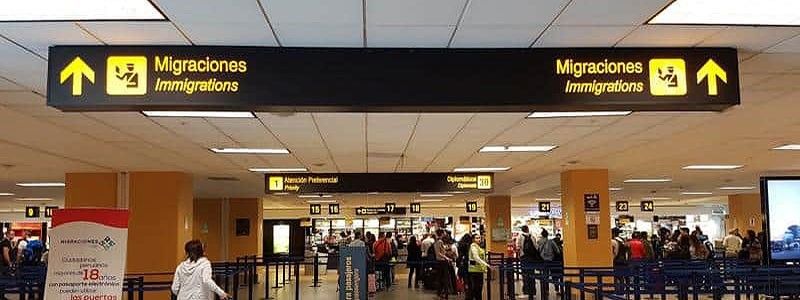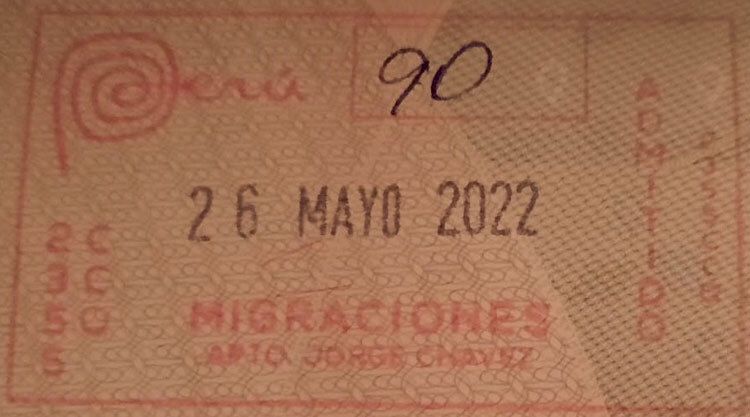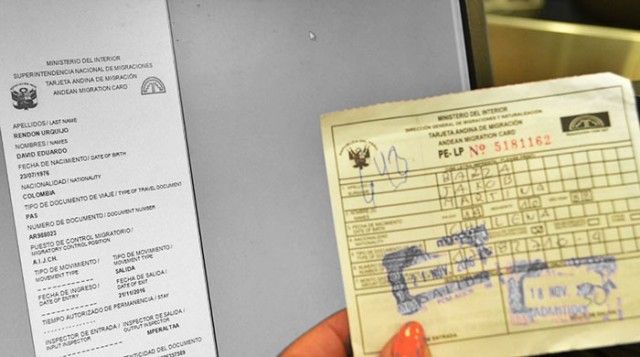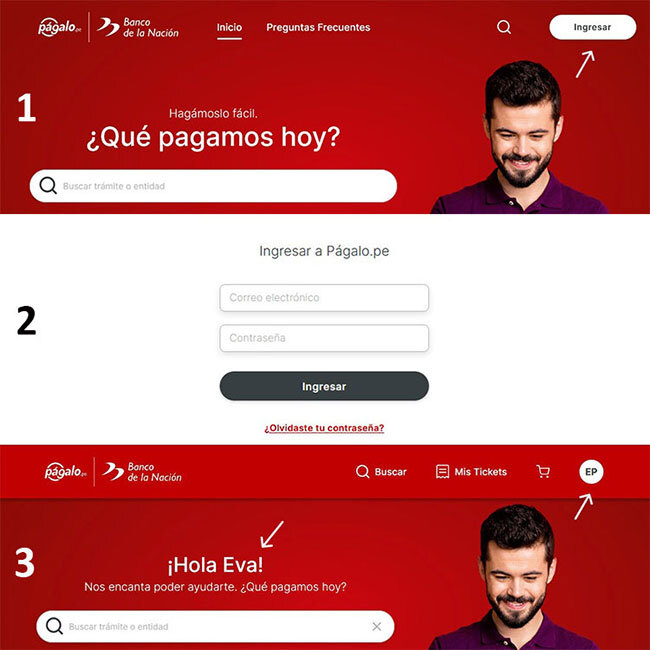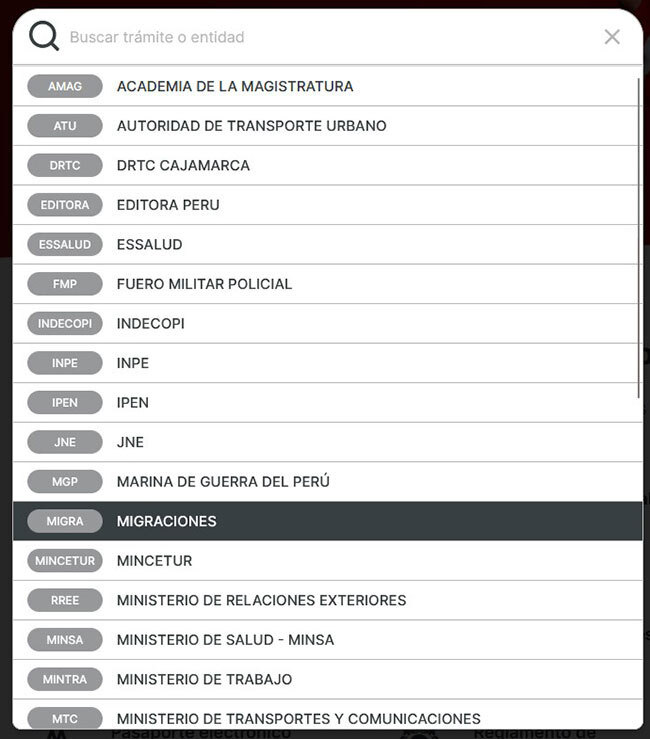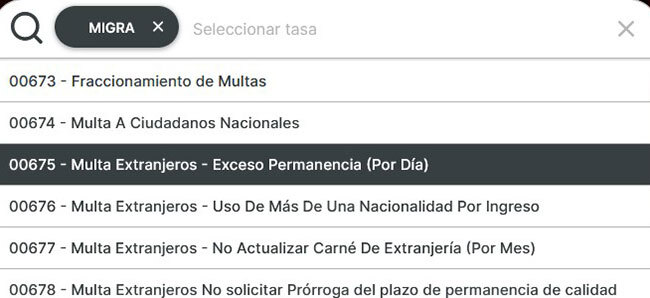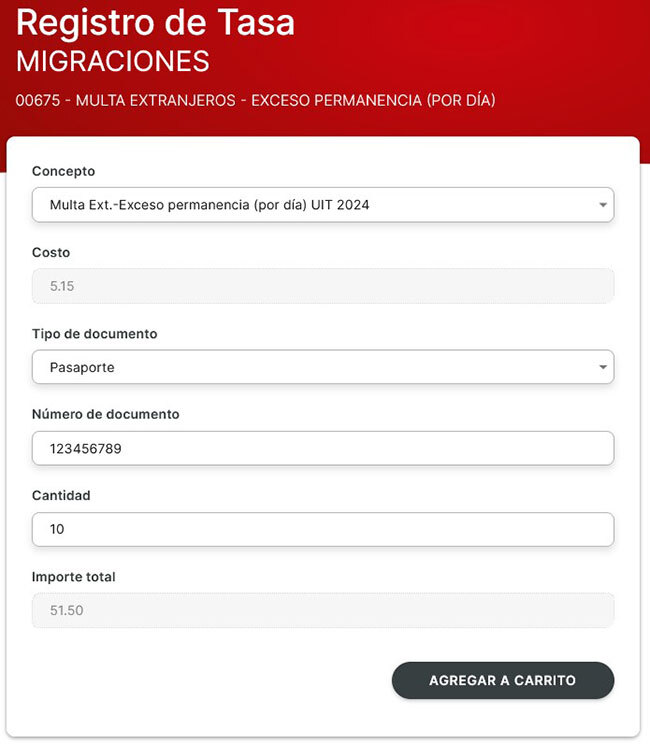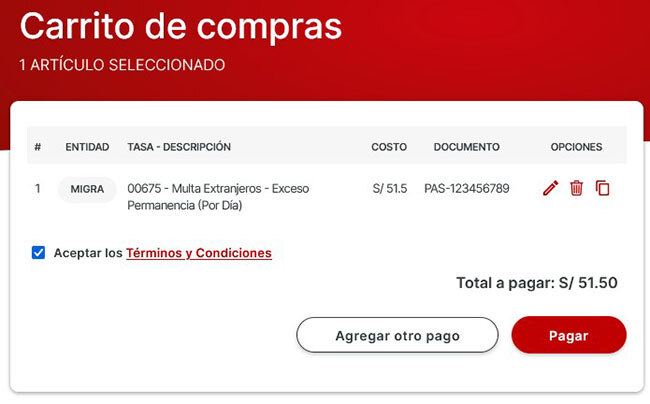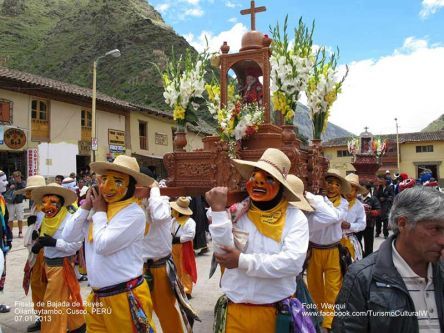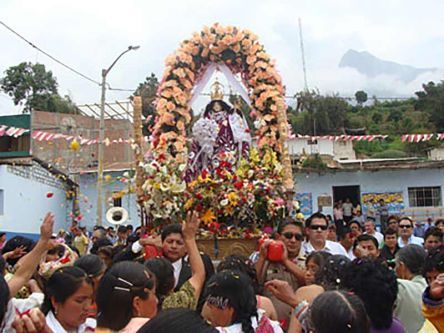my return flight to the Uk leaves one day after my 90 days expires...will this be a problem or do i simply pay a fine at the airport, or will it be ignored due to the amnesty
- This commment is unpublished.@mike Hello Mike,
I moved your comment from our Extension of a Migraciones deadline article, where it doesn't belong as this extension, for example, applies to foreigners who are in the process of applying for a residence visa, here to the Peruvian overstay fine article.
Anyway, overstaying by just a day, won't cause any trouble. If you are lucky, the immigration officer you have to face when leaving will just wave you through (by the way the amnesty does not apply to foreigners who are in Peru as a tourist and overstayed their time; it applies mainly to resident foreigners who haven't extended their residence visa on time).
In case the immigration officer counts differently or does his/her job exactly by the book, you might be asked to pay the S/ 4.95 for the day you overstayed.
Greetings
Eva
- This commment is unpublished.@SunflowerThank you Eva, that relaxes me. I was asked on entry why i needed 90 days...on explaining that with my daughter we raised funds for supplying clean water to indigenous villages she seemed happy to give the 90. Due to rerouting my flights from the UK via Spain instead of the USA my time here turned out to be 91. As we pay our own costs and all funds go to a real grass`roots project the migrations to date have always shown they support what we do.Thanks for your great work and your understanding answers during the time of 'restrictions'.Mike
- This commment is unpublished.


